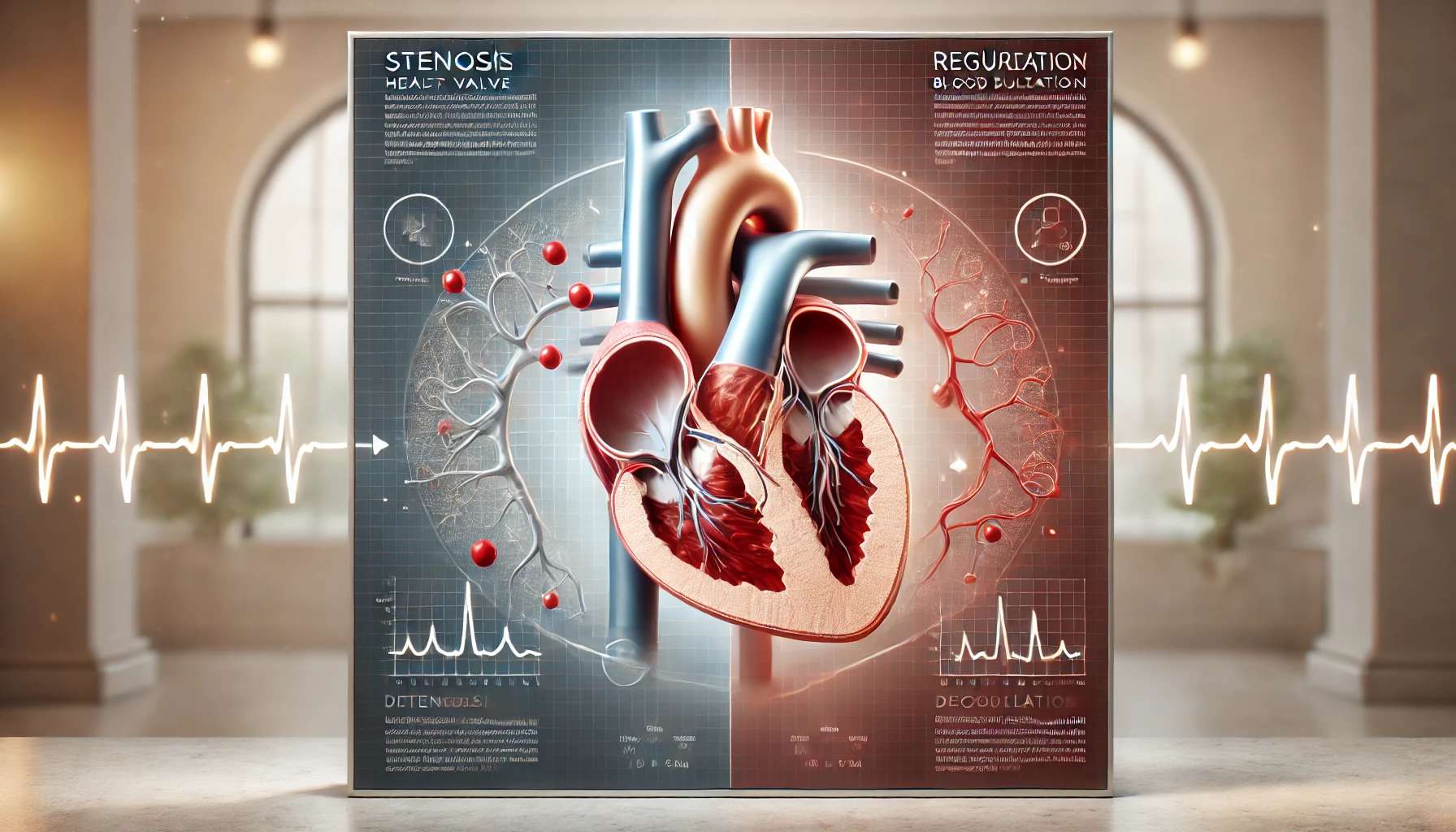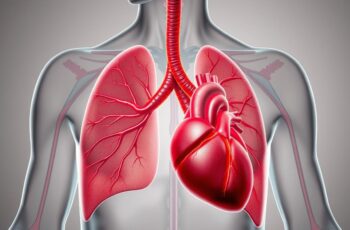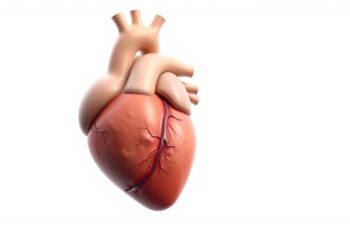Ad Blocker Detected
Our website is made possible by displaying online advertisements to our visitors. Please consider supporting us by disabling your ad blocker.
The Basics, But Not Really Basic
Congenital heart defects (CHDs) are a little like nature’s unexpected curveballs—tiny structural quirks in a baby’s heart that sneak in during fetal development. Surprisingly common, they affect about 1 in every 100 babies in the U.S. That’s one baby in every bustling playground or crowded grocery aisle. CHDs run the gamut from “barely a blip” to “life-threatening chaos,” demanding either a watchful eye or immediate medical intervention.
This guide dives into the messy, intricate world of CHDs: what they are, why they happen, the flags to watch for, and—because everyone loves a bit of hope—the ways to treat and possibly prevent them.
What’s Going On in There?
Think of the heart as a four-room apartment with impeccable plumbing, where every valve and vessel plays its part in delivering oxygen-rich blood to the body and ferrying the used-up stuff back for a refresh. Now, toss in a leaky wall, a bent pipe, or a stuck valve, and you’ve got a congenital heart defect.
Here’s how things can go sideways:
- Holes Where There Shouldn’t Be: Septal defects are like leaving a window open between rooms when you really want privacy. Blood that’s supposed to stay separate gets all mixed up.
- Traffic Jams in Blood Vessels: Coarctation of the aorta? It’s like a roadblock in a major artery—frustrating and dangerous.
- Misconnected Highways: In conditions like transposition of the great arteries, blood vessels are plugged in all wrong, like mixing up power cords to critical machines.
- Valve Drama: Stuck, leaky, or downright defunct valves turn the heart into an overworked, inefficient pump.
Some defects whisper; others scream for attention. It’s a spectrum, not a one-size-fits-all situation.
Signs That Raise Eyebrows
CHD symptoms are tricky. Some babies cruise along, oblivious, while others show tell-tale signs:
- Feeding Woes: Think of trying to sprint a marathon on empty lungs—babies tire out and stop feeding, leading to poor growth.
- Rapid Breathing: Tiny lungs struggling to keep up can leave babies puffing like little locomotives.
- Blue Tints: Cyanosis isn’t just a pretty-sounding word—it’s a blue-tinged warning that oxygen isn’t circulating right.
- Fatigue That Isn’t Cute: Instead of bouncing back after a nap, some kids just crash.
- Heart Murmurs: That “whoosh” sound your doctor might pick up isn’t poetic—it’s a possible clue that the heart’s mechanics are off.
Why Does This Happen, Anyway?
If only we had a clear-cut answer. CHDs are part science, part mystery. Here’s what we do know:
- Maternal Health: Infections like rubella during pregnancy, unmanaged diabetes, or even just smoking and drinking can raise the stakes.
- Genetics: If CHDs run in the family, your baby’s odds tick up.
- Medication Mayhem: Some drugs, like certain anti-seizure meds, quietly up the risk if taken while pregnant.
So, while you can’t always predict a CHD, understanding these risk factors might help stack the odds in your favor.
What Do You Do About It?
Treating CHDs is like solving a jigsaw puzzle while blindfolded—it depends entirely on the defect’s type and severity:
- Medications: Diuretics, digoxin, or beta-blockers can support the heart’s function, kind of like giving a car a tune-up.
- Surgery: From stents to open-heart repairs, surgical interventions can transform a struggling heart into a fully functional one.
- Catheterization: Minimally invasive but massively impactful, this technique often fixes structural quirks without a scalpel.
A Pinch of Prevention (Maybe)
Prevention is a mix of science and common sense:
- Prenatal Checkups: Get those ultrasounds and tests. Early detection is a game-changer.
- Vaccinate: Rubella, for instance, isn’t just a historical footnote—it’s still out there.
- Stay Healthy: Balanced diets and avoiding alcohol and smoking during pregnancy go a long way.
- Manage Chronic Conditions: Whether it’s diabetes or hypertension, keeping these under control is key.
Closing Thoughts That Aren’t Really Final
Congenital heart defects remind us that even tiny hearts can face big challenges. While some cases are mild and resolve naturally, others need the full weight of medical expertise. The good news? Advances in treatment mean most kids with CHDs can lead full, vibrant lives.
So here’s to raising awareness, supporting families, and hoping for a future where all hearts—tiny and mighty—beat strong.
Share this if you care. But don’t skip a doctor’s advice. Real humans in lab coats are the real MVPs.






